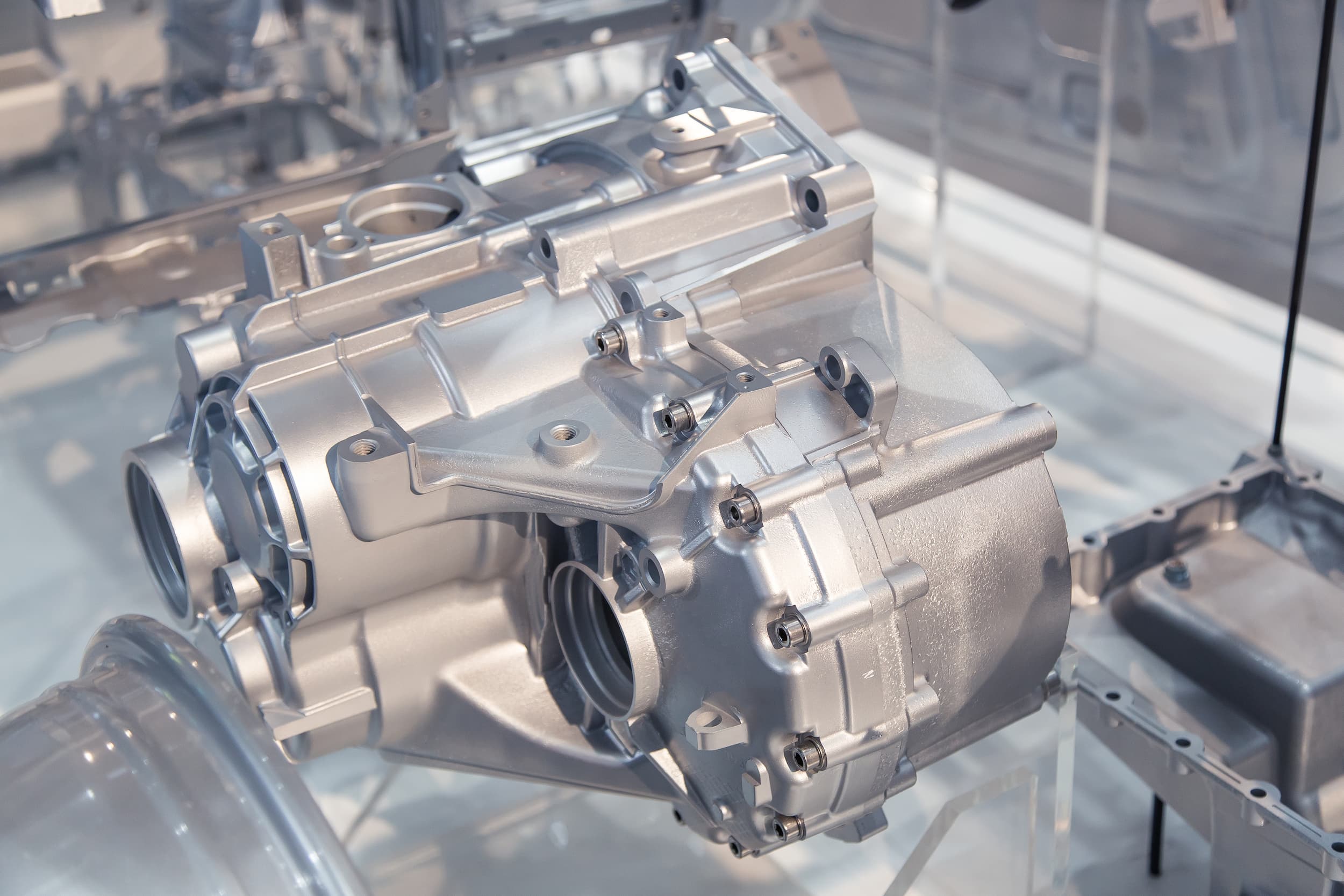As technology evolves, automotive engineers can use advanced manufacturing processes to build even better products and components. To achieve lightweight and more efficient vehicles, die casting products are being integrated throughout vehicle designs. With die casting, vehicles can have more complex parts that are lighter in weight while using a manufacturing process that is more flexible and sustainable.
Automotive Engineers and Die Casting Processes
With the increasing need for high-performance, complex, and lightweight parts, automotive engineers are constantly searching for better ways to produce automotive parts. Advancements in automotive die casting technologies allow automotive engineers to produce cheaper, more reliable parts without compromising on quality.
Die casting is an incredible tool in any automotive engineer’s toolbelt due to the ability to produce lightweight parts with less post-processing required. In die casting, molten metal is poured into a casting under pressure. The molten metal can cool and solidify in the mold, forming the desired parts. The technique can be used to make large batches of small parts or to make large parts.
With die casting, lightweight, robust parts can be manufactured with thin walls and complex geometries. Die casting also mitigates stresses that can be built up in parts manufactured through other manufacturing methods, like CNC milling. Automotive casting allows engineers and designers more freedom during the design process.
Die Casting in the Automotive Industry
The automotive industry uses die casting to create parts for cars, trucks, and motorcycles. Die casting is widely used in the automotive industry due to the need for lightweight parts, more sustainability, and the flexibility of the die cast process.
Lighter-Weight Parts
With constant pressures for increased energy efficiency, lighter-weight parts are always in demand. Metal cast parts made from aluminum can be incredibly lightweight with impressive strength-to-weight ratios. Die casting products can optimize for both high performance and minimal part weight.
Sustainability
The desire for more sustainable manufacturing solutions has pushed many automotive engineers to consider more eco-friendly solutions. Die casting is often a more green manufacturing process and works well with recycled and reclaimed metals. With proper processing, reclaimed metal can be given a second chance at life through automotive die casting.
Flexibility and Automation
Advancements in technology have greatly benefitted automotive casting. Automation of production processes has reduced cycle times and increased the quality of cast parts. Die casting products typically have high repeatability and little variation in the quality between batches.
The nature of automotive casting makes the process very flexible also. Molds can be changed and modified as needed to produce various parts. Die casting products can have a wide range of complex shapes and sizes designed to easily install within vehicles.
Die Cast Automotive Products
Die casting is used in more and more automotive parts due to the wide range of capabilities die casting has to offer. Some of the most exciting die casting products include:
- Engine parts - cylinder heads and even engine blocks
- Sensor housings - used for the increasing number of sensors on vehicles and for airbags
- Electronic covers - used to protect gearboxes, shaded poles, stepper motors, and other components
- Retractor spools - used to make seat belts safer and more comfortable
- Stator - allows for more complex stator geometries
- Power steering system parts
- Transmission parts
- Braking system parts
- Air conditioning system parts
- Heat sinks
- Fan impellers
Improving Die Casting Through Simulation
Automotive casting has greatly advanced over the years and technology has only quickened the pace of these advancements. Tweaks to the design of the part and the die cast mold, coupled with the parameters surrounding the die cast process can have enormous impacts on the finished part quality. Predicting the impacts of small changes has been vastly simplified by introducing casting simulation software.
Casting simulation software is a cost-effective way to mass-produce products with
consistent quality and fewer iterations. This software allows engineers and designers to predict the impact of their changes before any metal is poured. Casting simulation reduces the cost of die casting products while increasing the quality and efficiency of the automotive casting process.
Die Casting Simulation: A Technology for Disruption
While die casting products are already used widely throughout automotive manufacturing, their reach is likely to continue to expand. Innovations like casting simulation software have only made automotive casting more accessible and more efficient.
As the need for lighter weight, more complex parts, and more flexible and sustainable manufacturing solutions continues to increase, automotive die casting will be there to solve these problems.



